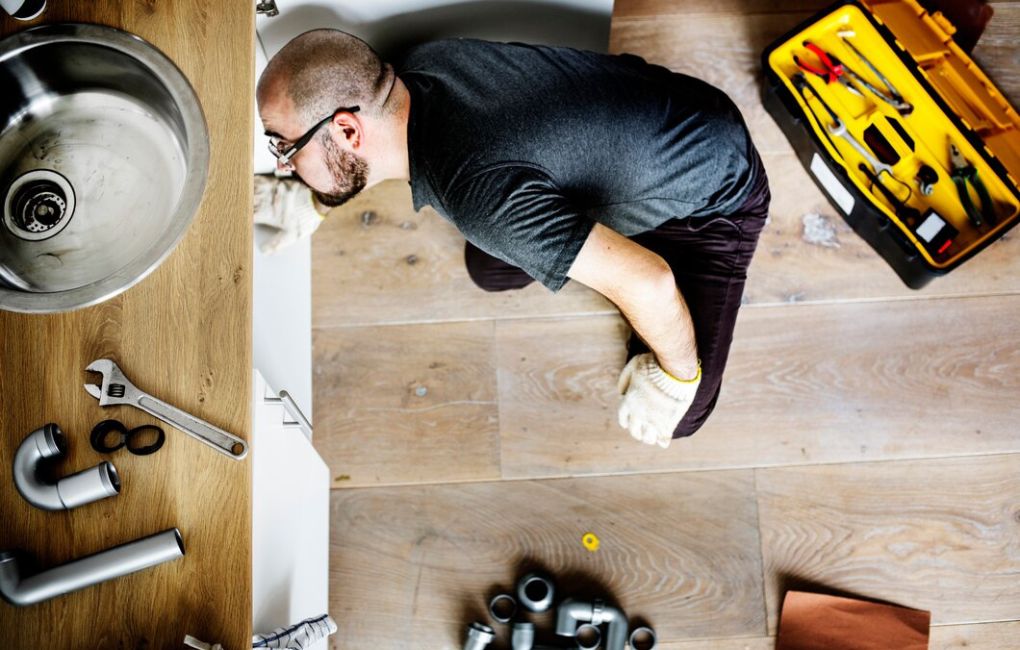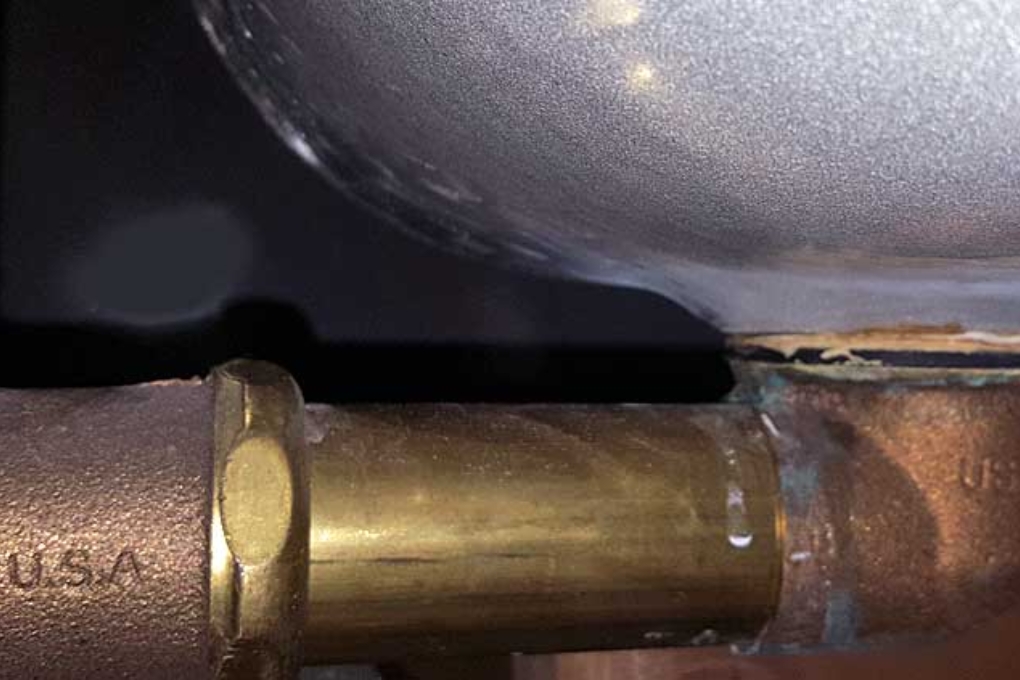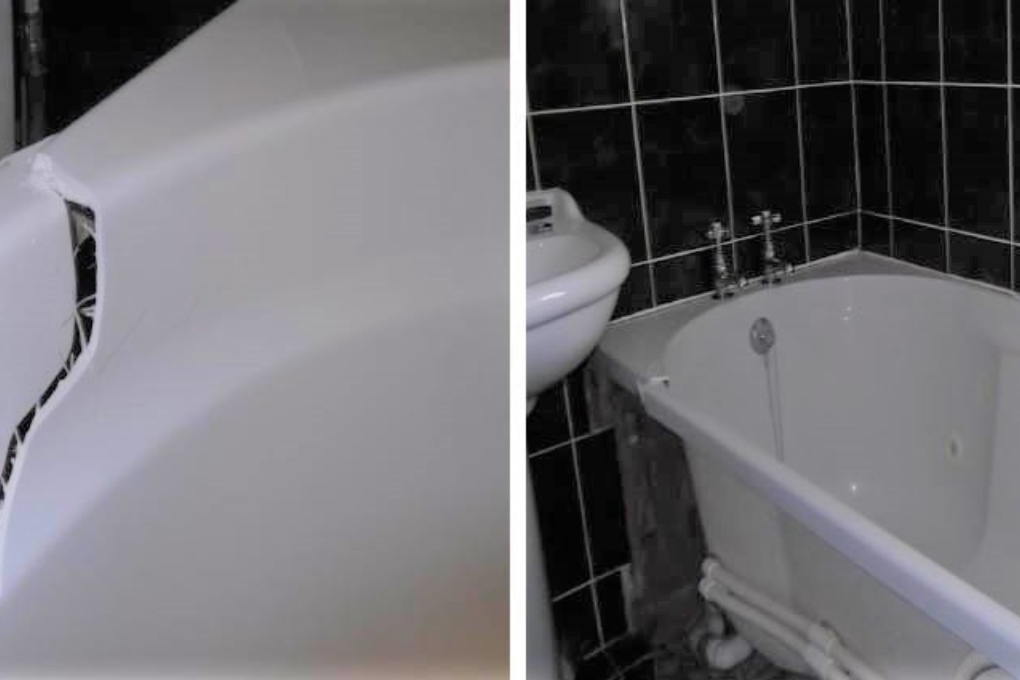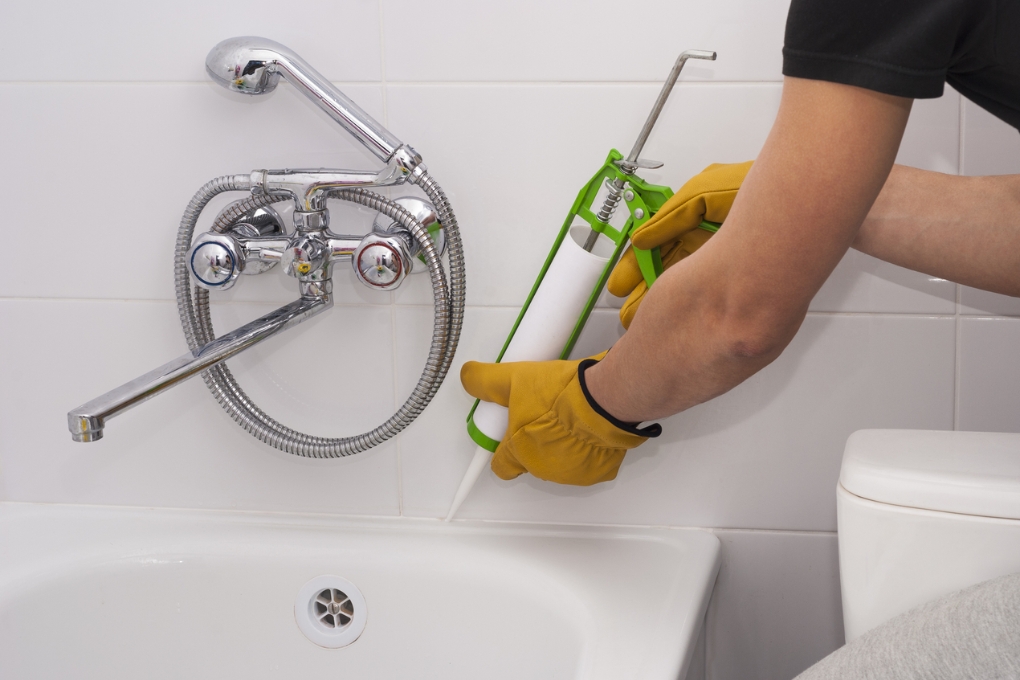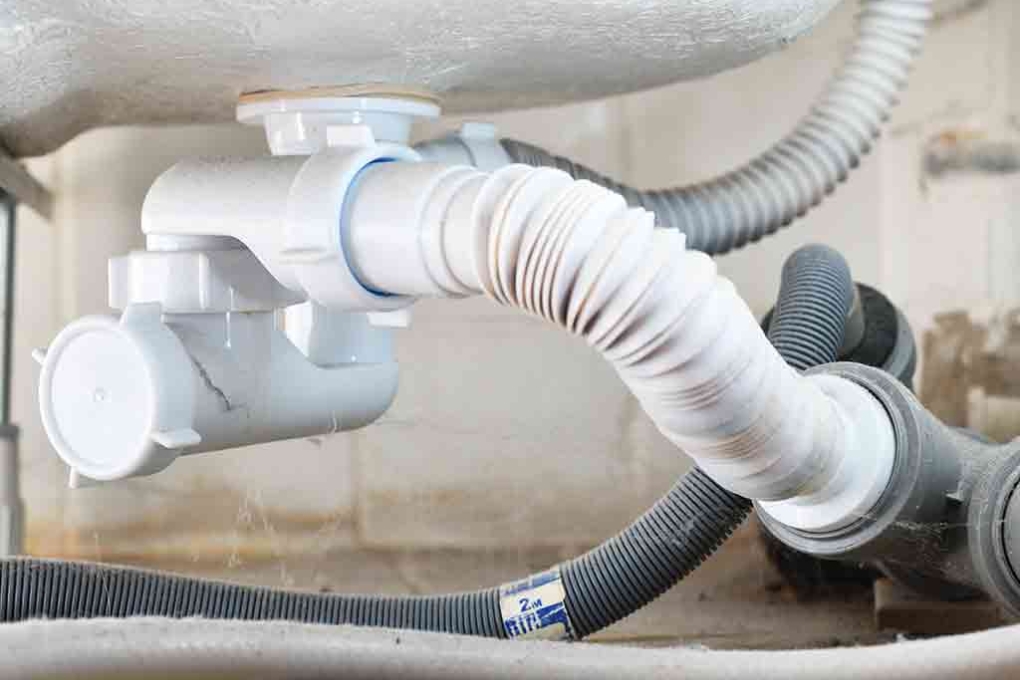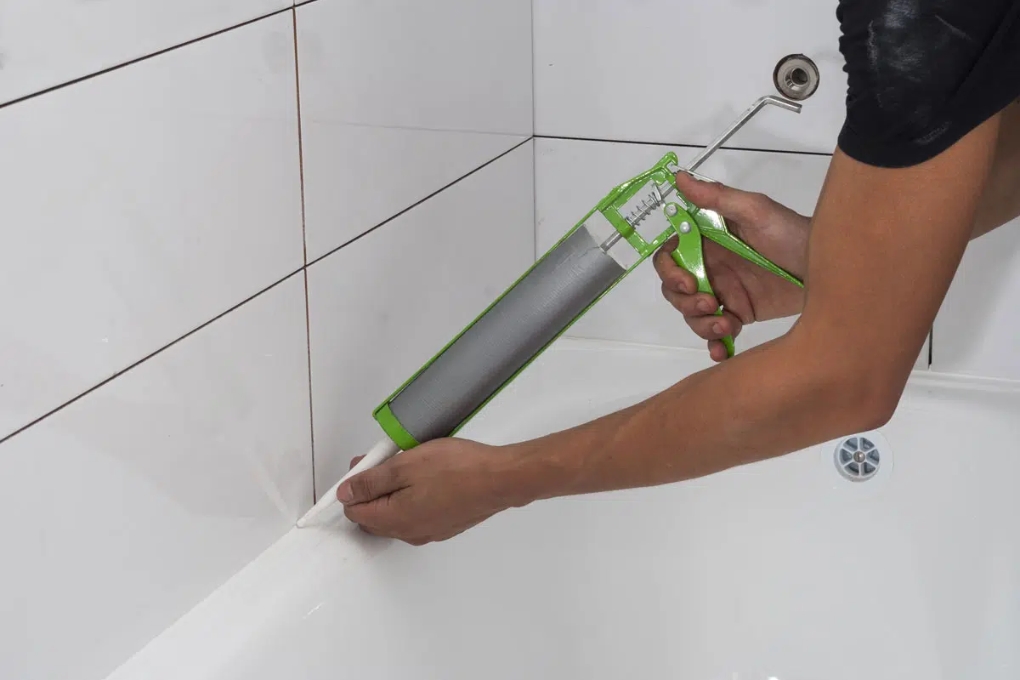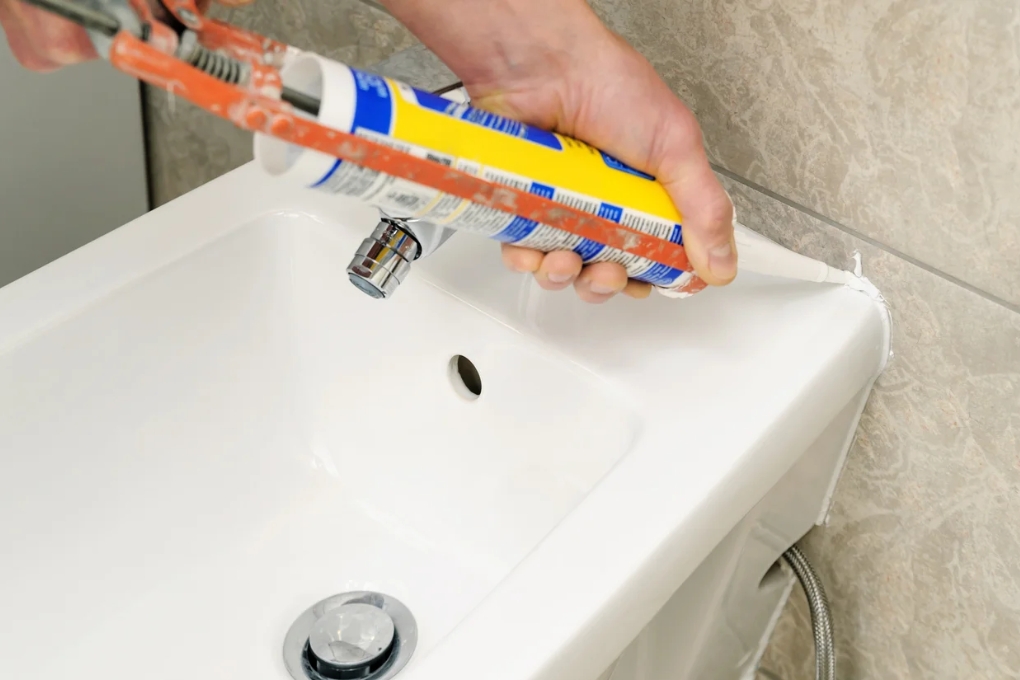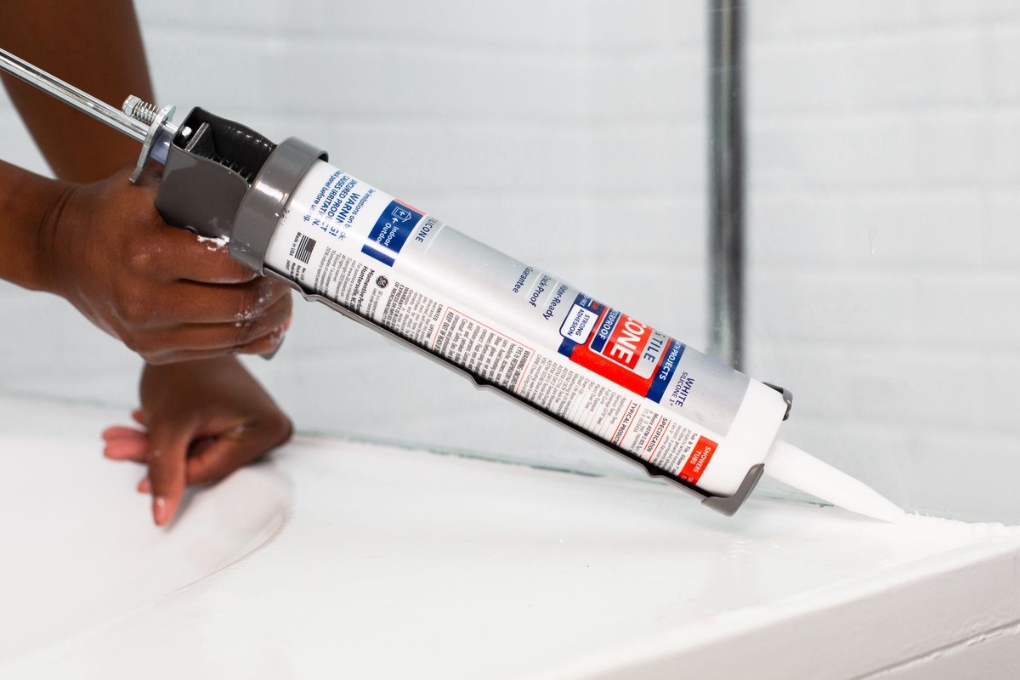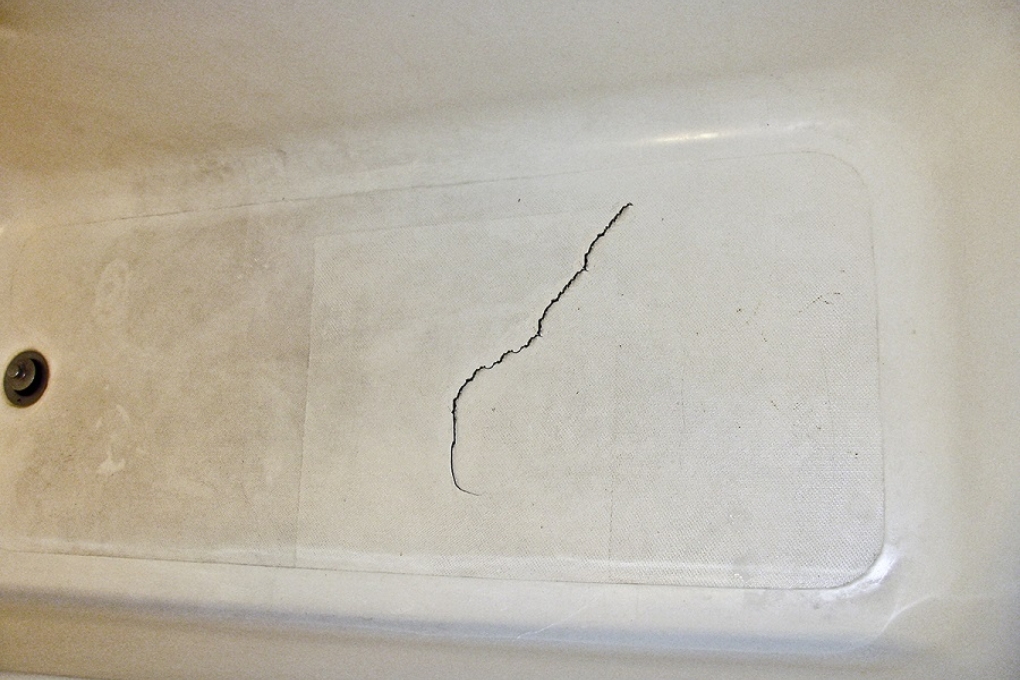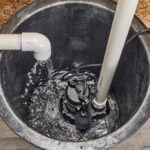Bathtub leaks are a persistent problem for homeowners that often go unnoticed and leading to extensive water damage on floors, walls, and ceilings. These issues not only inconvenience for homeowners but also come with a hefty price tag for repairs.
If you have recently spotted troubling water stains on your ceilings or walls? Or your drywall showing signs of bubbling due to prolonged exposure to moisture? These signs could indicate a troublesome bathtub leak, posing both a threat to your home and your health.
Bathtub leaks can be water-wasters, potentially driving up your water bill by as much as 10%. Furthermore, they pose serious health risks, including the growth of mold and exposure to hazardous chemicals and even the risk of electrocution.
Thus, immediate action is essential, whether you opt for a DIY approach or enlist the help of a certified plumber. Your first step is to confirm the existence of a bathtub leak and then investigate the root causes, which might be due to user errors, waterproofing issues, problems with the shower valve, or tub drain failures.
Signs of Bathtub Leak
Protecting your home from the threats of bathtub leaks is paramount, as unchecked leakage can lead to the deterioration of drywall, potential wood rot, and costly structural damage, therefore, early detection is key.
Whether your bathtub exhibits intermittent or consistent leaking, watch out for significant signs, such as wet drywall beneath the tub, curling vinyl flooring, loose tiles, peeling paint, deteriorating wood finishes, water stains on the ceiling, wall or floor mold, the presence of mildew or mold along the shower’s perimeter, and pooling water in the vicinity.
It’s essential to recognize that water tends to follow the path of least resistance, and leaks can manifest in adjacent rooms. Therefore, a thorough examination of both the bathroom and its surroundings is necessary to check for water accumulation or damage.
Once you’ve pinpointed signs of bathtub leakage, the next crucial step involves identifying the root cause of the leak. This proactive approach is essential for quick and effective repair, safeguarding your home from further damage and expenses.
Reasons of Bathtub Leaking from Underneath?
Ignoring even small bathtub leaks is unwise as they tend to escalate over time, potentially causing flooding and mold growth. When addressing the question of why your bathtub is leaking underneath, several common culprits include damaged or deteriorating seals, worn-out caulking, cracked pipes, or a faulty drain. Identifying and remedying the root cause is essential to prevent further damage and mitigate the risks associated with water leakage.
Related: Mold Prevention Strategies: Eliminating Mold Infestations
Cracked Bathtub
Although the main reason for a bathtub leak might seem clear but it’s not always easy to see. Some cracks can be as fine as a hairline yet still have a significant impact. A simple way to inspect for these cracks is to fill the bathtub with water and then observe closely for areas where the water appears to be drawn down, indicating a leak. Should you identify a crack, you can address it by procuring a suitable repair kit that is available in two types: surface repair and internal repair kits. These kits typically come with user-friendly and self-explanatory instructions, making the repair process straightforward and accessible for homeowners.
Grout Issues
Sometimes, the bathtub leak isn’t because of pipes or drains; it could be due to grout shrinking. Grout is the stuff between tiles, and water can make it shrink. Fixing this is simple. You just need to regrout the tiles using a mix of silicone caulking and grout. When you mix them in equal parts, it creates a new barrier to keep water out and helps to stop the leak.
Related: Mold Removal Services
Bath Overflow Pipe Leaking
There’s a pipe at the back of the bathtub, and often, the reason for a leak is a rubber seal between this pipe and the tub. Over time, this seal can dry up or crack because it doesn’t have enough moisture. You can replace it yourself in some easy steps.
Related: Sewage Cleanup Services
Bathtub Faucet Leaking
A leaking tub faucet is not only the most common tub leak but also one of the simplest to address. Even though it might appear as a minor inconvenience, it requires the same level of attention as other leaks due to its potential to result in a high-water bill and additional issues. The culprits behind many faucet leaks are often aging rubber washers located within the faucet assembly, which tend to dry out over time.
By disassembling the faucet and identifying these worn-out washers, you can easily acquire replacements at a nearby hardware store. If, however, changing the washers doesn’t resolve the problem, you might find it necessary to replace the entire faucet assembly. In the context of long-term costs associated with a persistent leak, this replacement is a relatively budget-friendly solution.
Read More: how fast will moisture in crawl space damage floor
Bathtub Drain Leaking
Bathtub drain leaks can stem from different issues. One possible cause is plumbing problems beneath the drain, which usually necessitate a plumber’s expertise for repair. Alternatively, the leak might be due to a defective seal around the drain assembly. You can address this by removing the drain and applying fresh plumber’s putty where it connects. If you’re unsure about how to remove the drain, seek guidance from the manufacturer’s website for specific instructions. This DIY solution can help resolve the issue and prevent further leakage.
How to Repair Bathtub Leaks
Bathtub leaks can primarily occur at the faucet or within the underlying pipes, but it’s crucial to also monitor the grout, tub body, and drain for potential issues. The repair approach varies depending on the leak’s source. Nonetheless, certain warning signs remain consistent for both types of leaks. Keep an eye out for indications like loose tiles, peeling paint, worsening wood finishes and water stains on the floor ceiling and wall.
Spotting these early warning signs is essential to prevent more significant bathroom problems. To effectively locate and remedy a bathtub leak, follow a structured repair process tailored to the specific issue.
Read More: What is placed around a chimney to prevent leaks
Identify the culprit
To tackle a bathtub leak, your initial task is pinpointing the source of the issue. Identifying whether it’s the faucet or grout causing the leak is relatively simple; just check for water seeping from these areas. To test if the tub itself is leaking, dry the exterior and line it with newspaper. As you fill the tub, watch for any sections of the newspaper becoming wet.
To assess the drain, fill the tub completely and listen for the subtle sound of water escaping. If you hear this and observe a water level decrease, it’s likely the drain assembly isn’t properly sealed. However, if none of these issues are apparent, the source might be your pipes, in which case it’s advisable to contact a professional like SS Water Restoration for a thorough inspection.
Repair the Leak
After identifying the cause of leak, its time to repair it:
Faucet
To initiate the faucet repair, begin by fully shutting off your water supply. Subsequently, remove the plastic caps situated at the faucet’s center. Utilize a screwdriver to disengage the faucet handle. Employ a wrench to unfasten the packing nut, which secures the faucet in position. Subsequently, swap out the old stem washers with new ones, and securely attach your new fixtures. Finally, remember to switch your water supply back on once the repair is completed.
Tub
To address leaks within the bathtub itself, you’ll require a robust waterproof sealant. Start by thoroughly drying the affected area, then generously apply the sealant to cover any cracks. Use sandpaper to smoothen and level the sealant that’s on the tub’s surface. This will create a watertight seal, preventing any further leakage and helping to safeguard your bathroom from potential water damage.
Grout
To fix grout leaks, first, identify and clean the affected area. If you observe any cracks, seal the leak by applying caulking into the crevices. It’s crucial to let the sealant dry for about three hours before using the bathtub and running water. This drying period ensures the caulking sets effectively, preventing any further water seepage and maintaining the integrity of your tub’s grout.
Bathtub Cracks
If you’re unsure whether a bathtub leak is due to a crack, a simple test can help you confirm the source of the problem. Begin by placing a white dry cloth beneath the suspected area where the crack might be. Ensure that the cloth covers the area adequately. Next, fill the bathtub with at least 2 inches of water, creating conditions similar to regular usage.
Allow this setup to sit undisturbed for at least 30 minutes, during which you should carefully observe the cloth. The key is to watch for any signs of moisture or wetness on the cloth. If, after the observation period, you find that the cloth has become wet, this strongly indicates the presence of a crack in your bathtub. In such a case, you will need to address the issue through repair or possibly replacing the bathtub.
On the other hand, if the cloth remains dry throughout the test, this implies that your bathtub does not have a leak originating from a crack. This provides peace of mind and allow you to continue using your tub without any concerns about water leakage. This straightforward test serves as a practical and effective method for discerning the root cause of your bathtub leak, whether it’s due to a hidden crack or another issue altogether.
Drain
If you notice that the water in your bathtub is draining rapidly, the likely culprit is the plumber’s putty inside the drain plug starting to wear off. To resolve this issue, you can follow a simple DIY process. Begin by removing the drain plug using a pair of screwdrivers. Then, acquire some plumber’s putty from your nearest hardware store. Apply a fresh layer of putty and secure the drain plug back in place. This straightforward fix will reseal the plug, ensuring proper water drainage and preventing any further leakage concerns in your bathtub.
FAQs About Bathtub Leakage Fixing
Why does my tub leak when I shower?
Your tub may leak during a shower due to damaged caulking or grout around the shower area. Over time, these materials can wear out and allowing water to seep through and cause leakage. Inspecting and repairing the caulking and grout can often resolve the issue.
What is the most common bathtub leak?
The most common bathtub leak typically originates from a worn-out rubber washer inside the faucet assembly. These washers can deteriorate with time, leading to faucet leaks. Replacing these washers is a common and relatively simple solution to address this type of bathtub leak.
Where is the most common place for a bathtub to leak at?
The most common place for a bathtub to leak is around the faucet and handles. Over time, rubber washers and seals in this area can wear out that leading to water seepage. Fixing or replacing these components is often the key to resolving this common source of bathtub leaks.
Conclusion
Troubleshooting bathtub leaks is important to prevent costly damages to your home. Identifying the root causes, such as faucet issues, grout problems, drain seal faults, and pipe-related leaks, is crucial in maintaining a leak-free bathtub. Swift action, whether it’s DIY repairs or seeking professional assistance from services like water restoration experts, is pivotal in safeguarding your home. Timely interventions not only prevent structural damage but also maintain a healthy and safe living environment. Don’t overlook the signs and potential risks and address bathtub leaks quickly which is a vital step in homeownership maintenance.

